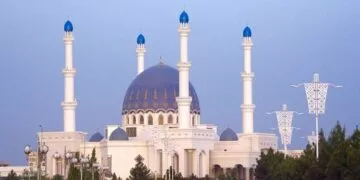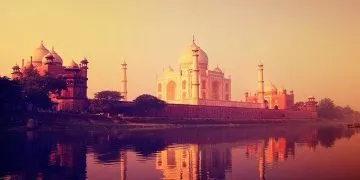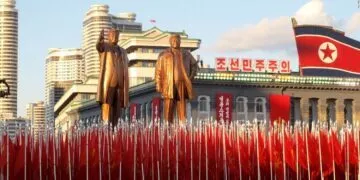Pristine beaches, the most adorable little islands, incredible surfing – no, we’re not talking about Hawaii here, but the Philippines!
This gorgeous country is made up of over 7,000 islands, all with a story to tell.
If you’d like to learn more, here are ten pleasing facts about the Philippines you can share during conversations with your family and friends.
Traffic and crime rates in the Philippines drop when Manny Pacquiao has a boxing match.
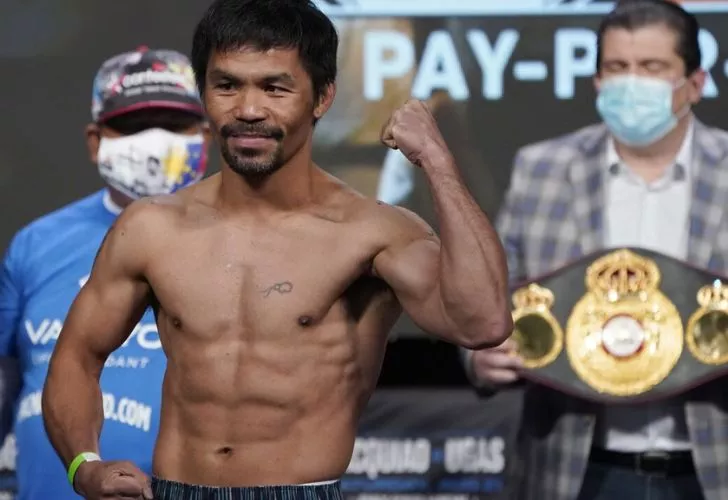
Almost every Filipino in the Philippines and worldwide watches Manny Pacquiao every time he fights.
They’re so supportive that there’s no traffic in the country’s major cities during Manny’s matches – mind you, the Philippines has the worst traffic in Southeast Asia.
But Manny Pacquiao doesn’t just solve the traffic problem in the Philippines. He also saves people’s lives, as there is little to no crime whenever he enters the ring!
For example, not a single crime was reported from 9 am to 3 pm on the day of Manny’s fight against the undefeated Floyd Mayweather Jr. in 2015.
It’s the perfect example of how supportive Filipinos are to their fellow compatriots who bring pride to the Philippines; even criminals have no time for their criminal activities because they’re busy watching Manny’s fights.
The Philippines has been called the social media capital of the world.
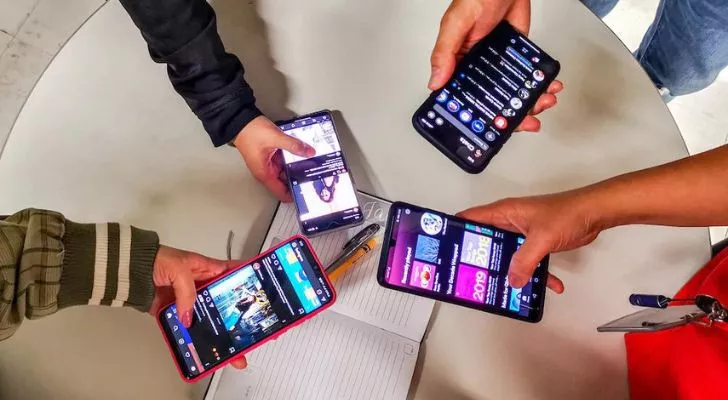
On average, Filipinos spend eleven hours on the internet daily, including around 4 hours on social media.
These findings caused some digital content creators to make videos targeted to Filipino viewers to gain more views, followers, or subscribers.
“Pinoy-baiting” is the term used for this marketing strategy by foreign vloggers on YouTube, and it also started when they exploited a culture of many Filipinos called Pinoy Pride.
It’s an expression of being proud of the success of fellow Filipinos or the Philippines, which sometimes leads to seeking global validation.
Due to the high volume of text messages exchanged in the country, the Philippines has also been dubbed the world’s texting capital.
The Philippines is one of the top exporters of bananas, pineapples, and mangoes.
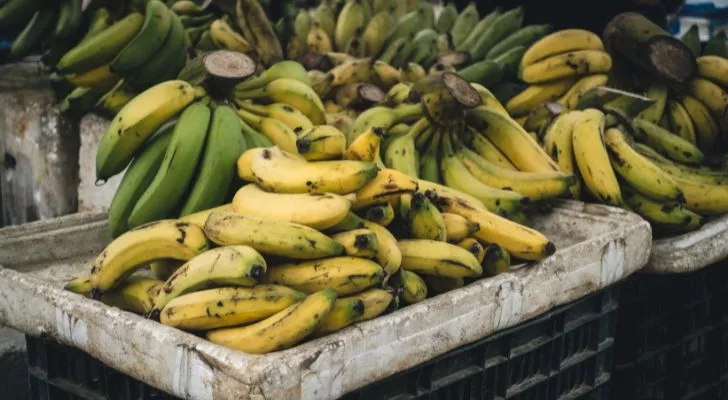
These three fruits thrive in countries that have tropical climates, which is why they’re abundant in the Philippines. And despite booms and recessions, the country remains a major exporter of numerous fruits and other products.
Research states that the export value of bananas in the Philippines from 2016 to 2021 amounted to US$955 million. And in 2020, the Philippines exported US$328 million of fresh and dried pineapples, making them the second largest exporter of fruit globally.
Mango, the national fruit of the Philippines, also plays a crucial role in the nation’s economy. Dried mangoes are the most popular, with 85% of their production exported to the United States, Japan, and South Korea.
It’s also worth noting that the Philippine or Carabao mango is considered one of the sweetest mangoes worldwide.
But other than fruits, the Philippines is also significant for their other exports such as cashew nut, bamboo, and nurses — yup, you read that right, nurses!
There are 24 active volcanoes in the Philippines.
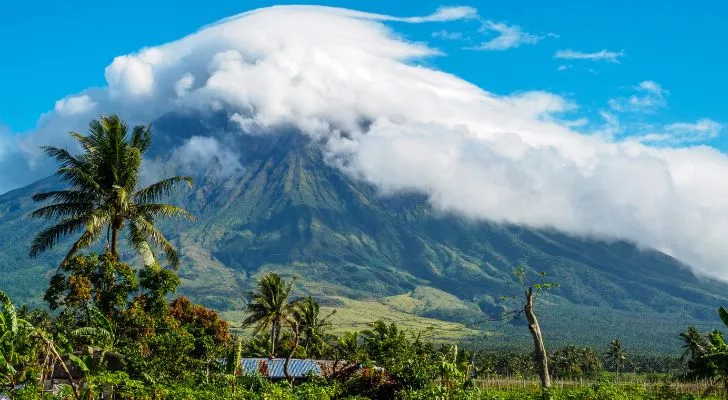
The reason why the Philippines has a lot of active volcanoes is that it’s located on the Pacific Ring of Fire.
One of the most famous active volcanoes in the Philippines is Taal Volcano, which has been described as the smallest active volcano in the world.
Don’t let its cute size fool you, as this pint-sized volcano caused one of the most destructive volcanic eruptions in the Philippines.
Another unforgettable destructive volcanic eruption in the Philippines would be Mount Pinatubo’s eruption in 1991, which claimed hundreds of lives and temporarily caused global temperatures to drop.
However, despite being active volcanoes, they’re popular tourist attractions due to their Instagram-worthy sights. You can even see numerous people on Instagram posting majestic photos of the Mayon Volcano, a volcano with a perfectly-shaped cone that makes any photo look perfect.
The average height of a man in the Philippines is 5’4 (163 cm), while a woman only stands at 5’1 (149 cm).
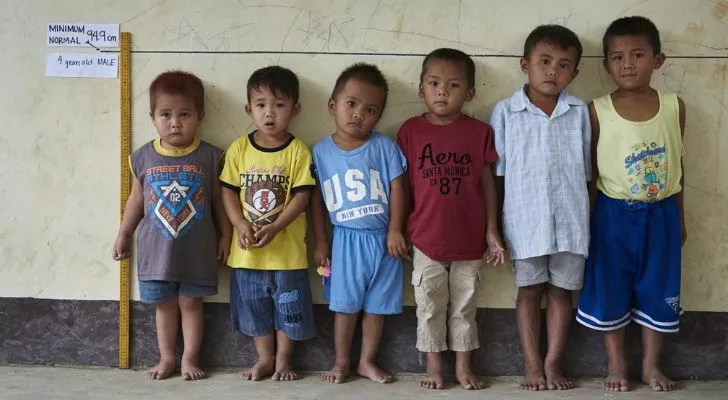
This short stature of Filipinos is partly due to one of the ethnic groups they are descended from, Negritos, who are 5’0 (152 cm) tall on average.
But Filipinos’ small stature doesn’t only revolve around genetics. Poverty is also a factor since it leads to child malnutrition that stunts growth.
Another reason is their diet since they eat a ton of white rice, and consuming too much of this carbohydrate with little to no protein hinders growth.
However, there are Filipino outliers like Kai Sotto – a 7’2 (218 cm) basketball player who went undrafted in the NBA 2022 draft.
Basketball is the most popular sport in the Philippines.
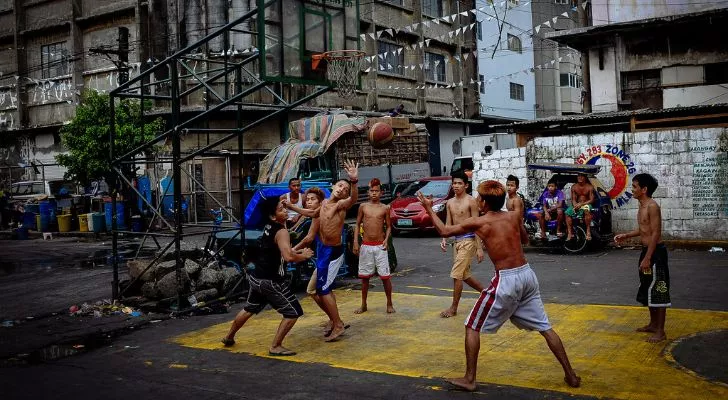
Many people play basketball due to how accessible, affordable, and simple it is to play. The Philippines is living proof of basketball’s accessibility and affordability because it’s everywhere in the country.
Aside from the countless covered basketball courts in the Philippines, there’s also a high chance you’ll see makeshift basketball backboards on the road made from whatever the locals can find lying around.
The growing popularity of basketball in the Philippines also stems from the fact that they’re the first Asian nation to have a professional basketball league.
The Philippine Basketball Association (PBA) was founded in 1975. But even though basketball is a part of Filipino culture, their national sport is still a combat sport named Arnis.
There are 7,641 islands in the Philippines.
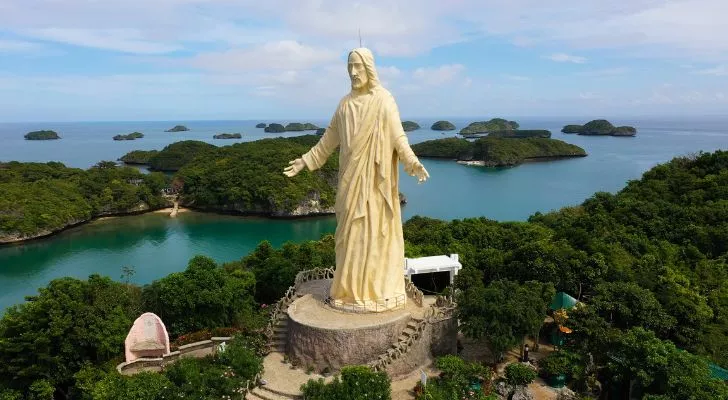
Out of all these islands in the Philippines, only about 2,000 are populated. There are three major islands: Luzon, Visayas, and Mindanao.
Luzon is the largest one where you’ll find Manila, the capital of the Philippines.
The smallest is the Visayas, which contains some of the best tourist spots in the Philippines, such as Chocolate Hills, Kawasan Falls, and Boracay.
As for Mindanao, it’s infamous for being a dangerous place due to terrorist attacks and kidnappings. Even the Foreign, Commonwealth & Development Office (FCDO) advises against visiting the island, especially the city of Marawi.
However, there are safe places you can visit there, like Siargao, the surfing capital of the Philippines.
The Philippines still uses horses for transportation to this day.
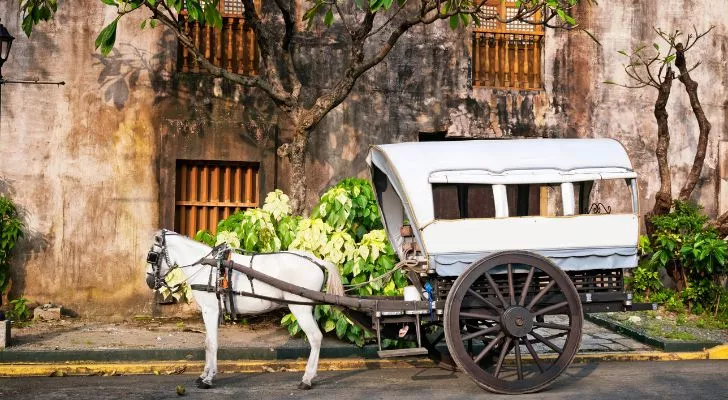
Although you won’t see hundreds of horses in the city, calesas (horse-drawn carts) can still be seen in numerous places with great tourist spots, like Manila, Pampanga, and Vigan. Tourists often use them, but there are still some local commuters who also use calesas.
Regarding local commuters, most of them opt for a jeepney or tricycle despite having taxis and ridesharing companies.
The reason behind this is quite simple: Jeepneys and tricycles are cheap, usually costing less than a dollar.
If you were wondering, jeepneys are mini-bus-sized jeeps, while tricycles are motorcycles with a passenger compartment attached to the side.
A lot of languages are spoken in the Philippines.
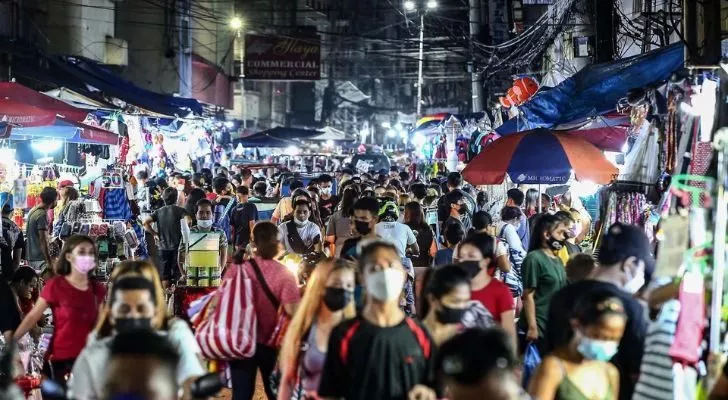
The reason why so many languages are spoken in the Philippines largely comes down to its geography. Multilingualism is influenced by the isolation of different societies in the Philippines, causing the formation of dialects.
According to a study by the University of the Philippines, 184 spoken languages and two extinct ones exist in the Philippines, amounting to 186 languages in total. The study also concluded that 175 languages in the country are indigenous, while nine aren’t.
But currently, there are only two official languages of the Philippines: Filipino and English.
The national hero of the Philippines, Jose Rizal, was a polymath and polyglot.
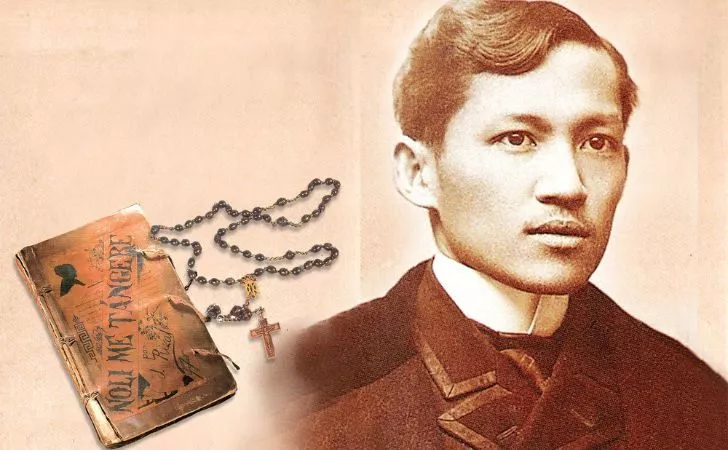
Like Leonardo da Vinci, Jose Rizal was also a painter, sculptor, and inventor.
Rizal also studied medicine, agriculture, land surveying, philosophy, and literature. His studies in literature played a crucial part in his career, allowing him to write two books that made him famous in the Philippines.
If you’re already amazed at how many skills he had, you’ll even be more shocked to know that he fluently spoke 22 languages!
But being a polymath wasn’t enough for the national hero of the Philippines. Because as it turns out, Rizal dated many girls, even attracting those he met whenever he traveled to different countries.
Who would’ve thought a boxing match could prevent violence in the Philippines? Whether about social media, economics, or sports, this country has plenty of surprising facts to discover!
The Philippines might be a small country filled with small people, but that doesn’t stop it from significantly impacting the world.


